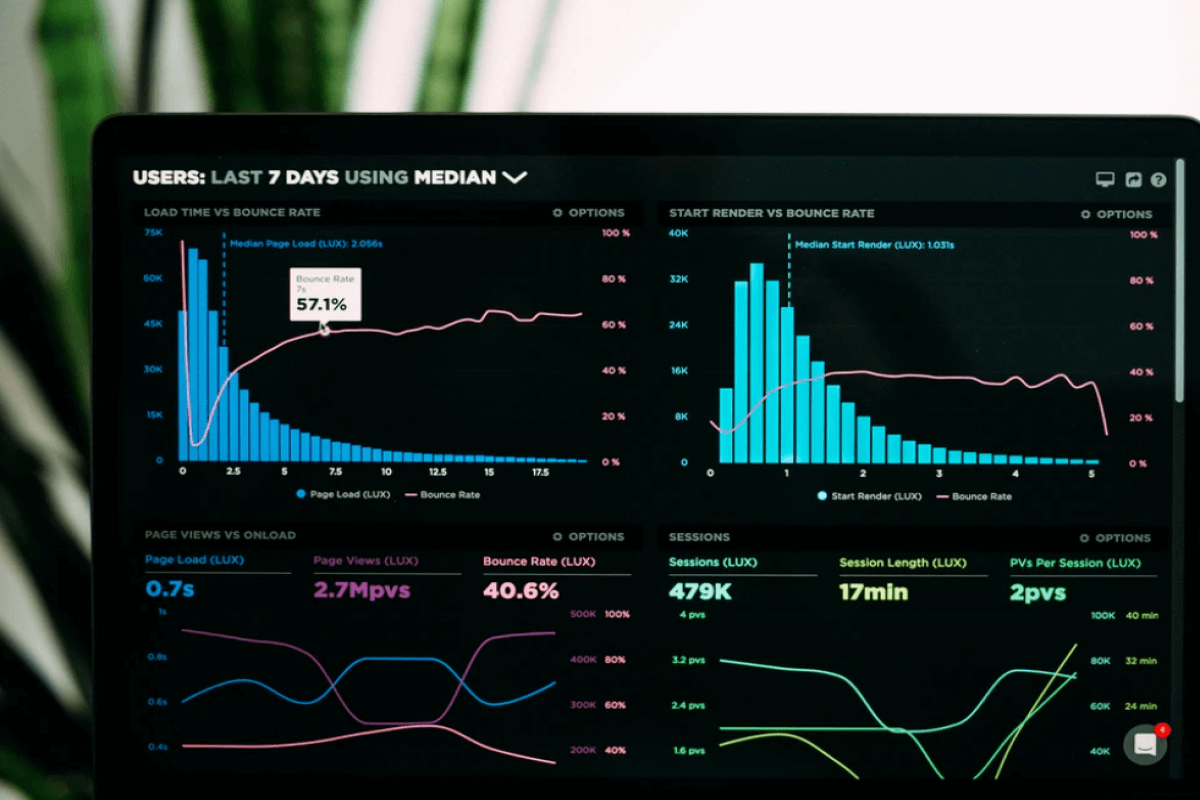
Opportunity Zone investments offer an opportunity to help your clients merge significant tax advantages with community-focused economic development. For the right client, this program can be a cornerstone of a long-term financial strategy, but recent legislative changes and complex rules can make Opportunity Zone investments a challenge. To help you better understand them, we're breaking down what you need to know, from what they are and how they work to recent updates and actionable advice.
What are Opportunity Zones?
The Opportunity Zone program is an economic development initiative originally created by the Tax Cuts and Jobs Act of 2017 (TCJA). The primary goal is to channel long-term private capital into economically distressed communities. Investors would receive substantial tax benefits and needed projects, including commercial real estate, housing development, infrastructure, and business startups would have funding.
When the program went into effect, governors across all 50 states, the District of Columbia, and five U.S. territories nominated specific low-income census tracts for designation. The U.S. Treasury subsequently certified 8,764 of these areas as Qualified Opportunity Zones (QOZs). Since its inception, the program has attracted over $100 billion in investments, primarily concentrated in real estate projects within urban areas.
How do Opportunity Zones work?
To unlock the tax benefits, your clients must invest eligible capital gains into a Qualified Opportunity Fund (QOF). A QOF is an investment vehicle, organized as a corporation or partnership, specifically created to hold at least 90% of its assets in qualified opportunity zone property. This can be an ownership interest in a business operating within a QOZ or tangible property, like real estate, used in a QOZ business. The tax incentives are structured in a three-tiered system based on the investment holding period.
Temporary deferral of capital gains
Tax deferral is the initial benefit of investing in Opportunity Zones. An investor can defer federal taxes on recognized capital gains by reinvesting that gain into a QOF within 180 days of the sale or exchange that generated the gain. The tax payment on the original gain is then deferred until the QOF investment is sold or December 31, 2026, whichever comes first. This allows your client to deploy capital that would have been paid in taxes, putting it to work in a new investment.
Basis step-up on the deferred gain
The Opportunity Zones investment program also offered a reduction on the deferred capital gain liability, though the deadlines for these benefits have passed for new investments.
- 10% Basis Increase: For investments held for at least five years before December 31, 2026, the investor received a 10% step-up in basis on their original deferred gain. This required an investment by the end of 2021.
- 15% Basis Increase: For investments held for at least seven years before December 31, 2026, the basis step-up increased to 15%. This required an investment by the end of 2019.
While new investments can no longer achieve these specific basis step-ups, the most significant benefit remains available.
Permanent exclusion of future gains
The most powerful incentive is reserved for long-term investors. If a client holds their investment in the QOF for at least 10 years, they are eligible to elect to have the basis of the QOF investment adjusted to its fair market value on the date of sale. This means any appreciation on the QOF investment itself is permanently excluded from federal capital gains tax.
How does the One Big Beautiful Bill Act affect Opportunity Zone investments?
The regulatory environment for Opportunity Zones is evolving. The One Big Beautiful Bill Act (OBBBA), signed into law in July 2025, makes the program permanent but introduces significant changes, including:
Sunsetting and renewal of Opportunity Zones
The current list of QOZs will expire at the end of 2026. A new set of zones will be designated starting in January 2027, with governors required to nominate new zones every 10 years.
Stricter designation criteria
The eligibility requirements for a census tract to become a QOZ have been tightened. The "low-income community" threshold is now defined as having a median income below 70% of the area or statewide median, down from 80%. The provision that allowed contiguous, non-low-income tracts to be designated has also been eliminated. This will likely result in about 20% fewer QOZs.
New incentives for rural areas
The OBBBA introduces enhanced benefits for Opportunity Zone investments in rural communities (fewer than 50,000 people). Investors in rural QOFs may receive up to a 30% reduction in their deferred capital gains tax after a five-year hold, a significant increase from the 10% offered in other zones.
Increased reporting requirements
The law mandates more robust reporting to the Treasury on investment amounts, job creation, and housing development within QOZs, aiming to provide better data on the program's impact. These changes create both urgency and new strategic considerations. The focus will soon shift from the current zones to the new ones to be designated in 2027.
Your role as a strategic advisor for opportunity zone investments
Your expertise is crucial in helping clients determine if an Opportunity Zone investment aligns with their financial profile and long-term goals. This involves a multi-step process of evaluation, due diligence, and ongoing compliance management.
Assessing client suitability
Opportunity Zone investments are not the best option for all clients. They are best suited for high-income clients with:
- Significant realized capital gains: The primary entry point is the deferral of an existing capital gain.
- Long-term investment horizon: The most significant benefit requires a 10-year commitment.
- High risk tolerance: These are illiquid investments in developing areas, carrying inherent risks beyond those of public markets.
- Sufficient liquidity: Clients must understand their capital will be locked up for a decade or more.
Vetting qualified opportunity funds
A tax benefit cannot salvage a poor underlying investment. The success of an Opportunity Zone investment depends entirely on the quality of the QOF and its projects. Guide your clients through rigorous due diligence:
- Evaluate the fund manager: What is their track record in real estate or private equity? Do they have experience in the specific geographic areas of their projects?
- Analyze the investment strategy: Is the fund focused on real estate, business startups, or a mix? Are the projects fundamentally sound and likely to appreciate over a 10-year period?
- Review the fee structure: Understand all management fees, carried interest, and other costs, as these will impact the net return.
- Confirm compliance protocols: How does the fund ensure it will continually meet the 90% asset test required by the IRS? Failure to do so can result in penalties and disqualify the investment.
Ensuring ongoing compliance
Your role continues long after the initial investment by ensuring clients properly elect for deferral on Form 8949 and file Form 8997 with their tax return each year they hold the investment. Failure to file this form can create a presumption of an inclusion event, potentially triggering the deferred gain and jeopardizing the entire strategy.
Opportunity Zone investments present a remarkable synergy of tax strategy and community impact. By mastering the rules, staying abreast of legislative shifts, and providing diligent, objective advice, you can empower your clients to navigate this complex field successfully, building their wealth while contributing to economic growth in communities that need it most.
Take the next step with Becker's CPE courses
If you'd like to learn more about this topic or other tax issues, check out our large catalog of CPE courses, including:








